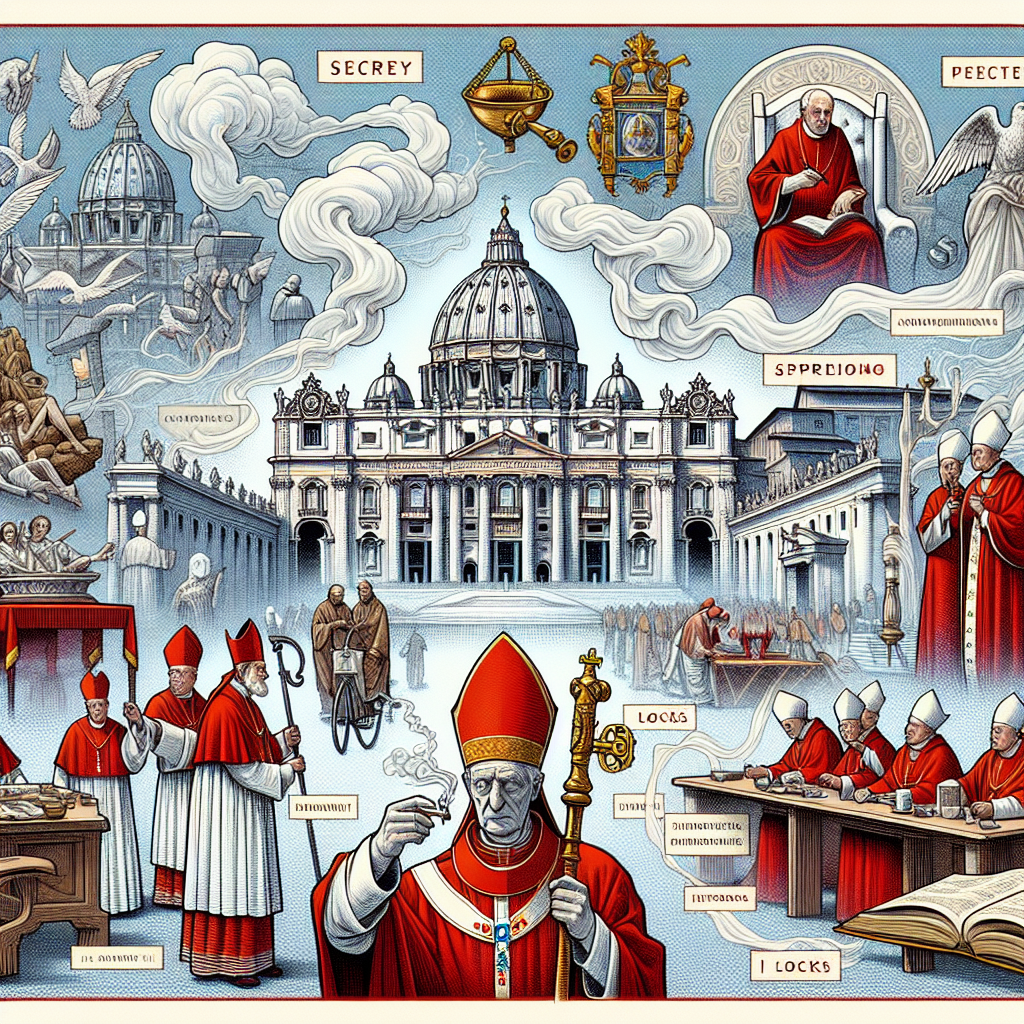Papal Elections Through History: Symbols, Mortality, and Traditions
Papal Elections Through History: Symbols, Mortality, and Traditions
Introduction to Papal Elections
The election of a new pope is a process steeped in centuries-old traditions, rich symbolism, and a deep sense of historical continuity. This unique event not only determines the spiritual leader of the Catholic Church but also reflects the evolving dynamics within the Church and the broader world.
Historical Evolution of Papal Elections
Papal elections have undergone significant transformations over the centuries, adapting to the changing needs and challenges of the times. Key developments include:
- The establishment of the College of Cardinals in the 11th century, which formalized the election process.
- The introduction of the conclave system in the 13th century to ensure a swift and secure election.
- Reforms in the 20th century to address modern challenges and enhance transparency.
Symbolism in Papal Elections
Symbols play a crucial role in the papal election process, conveying messages of continuity, authority, and divine guidance. Notable symbols include:
- The white smoke, signaling the successful election of a new pope.
- The Fisherman’s Ring, symbolizing the pope’s role as the successor of Saint Peter.
- The Sistine Chapel, where the conclave takes place, representing the sacredness of the election.
Mortality and the Papal Office
The mortality of the pope is a poignant reminder of the human aspect of this divine office. The death of a pope triggers a period of mourning and reflection, followed by the urgent need to elect a successor. This cycle underscores the transient nature of human leadership within the eternal mission of the Church.
Traditions and Rituals
The papal election is rich with traditions and rituals that emphasize the solemnity and significance of the event. These include:
- The sealing of the Sistine Chapel to ensure confidentiality during the conclave.
- The oath of secrecy taken by the cardinals.
- The ceremonial announcement of “Habemus Papam” (“We have a pope”) to the world.
Conclusion
Papal elections are a fascinating blend of history, symbolism, and tradition, reflecting the enduring legacy and adaptability of the Catholic Church. As the Church navigates contemporary challenges, these elections continue to serve as a powerful reminder of its spiritual mission and the timeless values it upholds.














